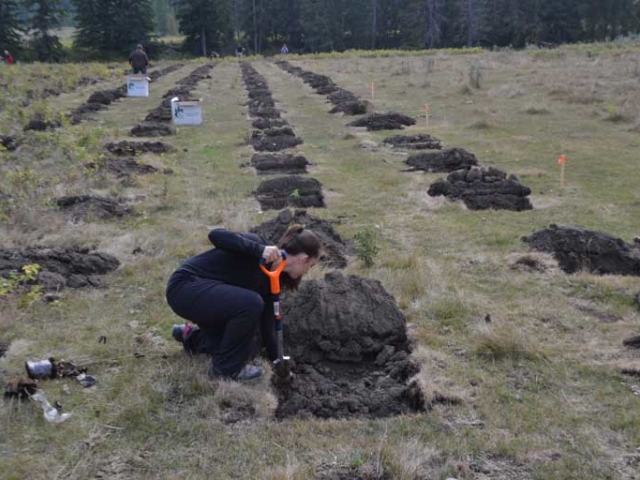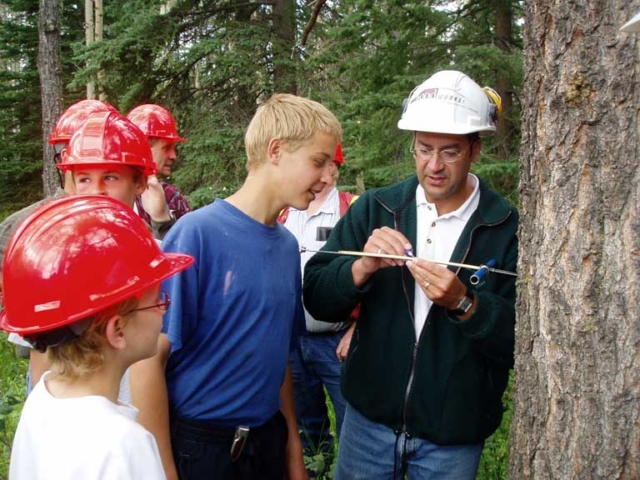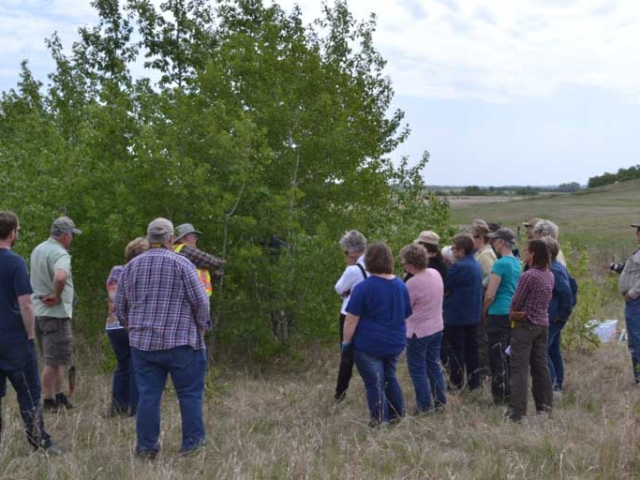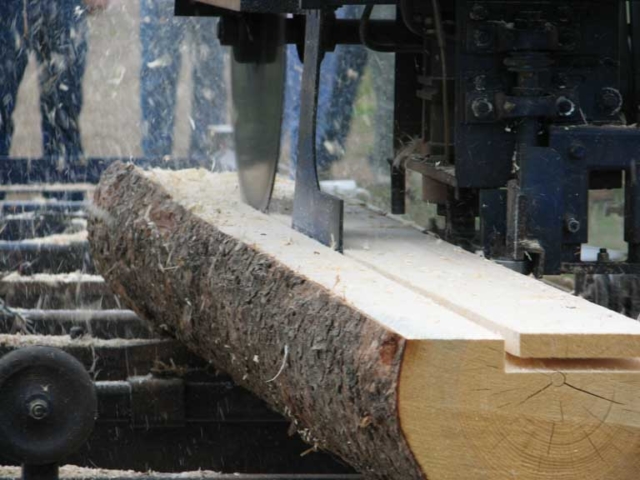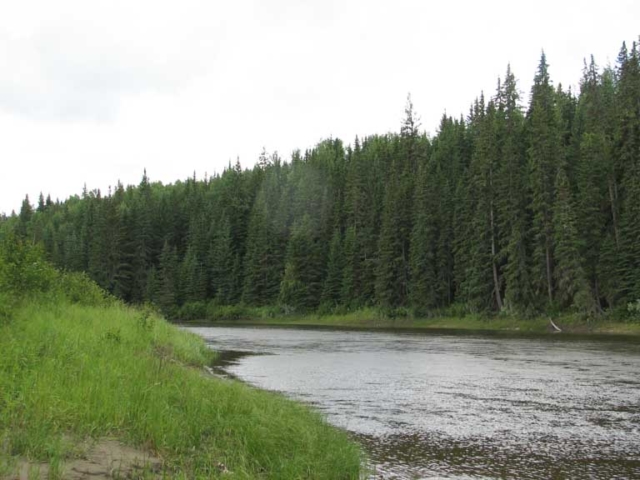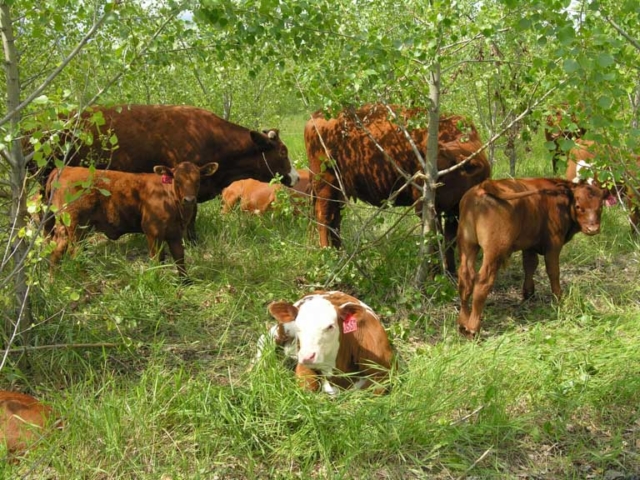The Earthly Allure of a Hügelkultur
By: Bob Underschultz
With a little soil and toil, AWES has created a small hügelkultur. What on earth is a hügelkultur you ask? Well, a hügelkultur is a permaculture technique wherein one creates a mound of soil and biomass with a core of dead woody material to be used for growing herbaceous plants, shrubs, or small trees.
Picture a chocolate bar where the chocolate covering is the soil, and the filling and wafer is biomass and wood. Mmmm, delicious! Anyways, the purpose of a hügelkultur is to provide 4 things: nutrients, soil microorganisms, heat, and irrigation. All of these provide ideal growing conditions for a variety of herbaceous and woody plants. So how does a hügelkultur work? Well, that delicious filling of wood and biomass (grass clippings, compost, organic soil, etc.) will attract microorganisms to break it down, releasing nutrients and aerating the soil. All that decomposition raises the soil temperature, promoting the root growth of surface vegetation. That same rotting woody core will retain water and supply the surrounding soil with moisture. In essence, you’re replicating the dynamic soil conditions of a forest, where trees die and fall to the forest floor, ultimately returning their resources and nutrients to the soil with the help of soil microorganisms. For more info on hügelkulturs and their design, checkout our factsheet: https://www.awes-ab.ca/wp-content/uploads/2021/11/Hugelkulturs_AWES.pdf. So, the AWES team put its earthworks skills to the test and built a sample hügelkultur using manual labour and standard garden tools. Here’s how it went:
Excavation: by the sweat of our brows
Of course we chose one of the hottest days in June to remove the sod layer and topsoil. Enduring the Death Valley conditions, we used a shovel to cut and remove sections of sod and the immediate topsoil. The sod and soil were placed to the side of the hügelkultur footprint to be used later. The rough dimensions of our hügelkultur are 5 metres long by 1 metre wide with a planned height of ¾ of a metre. We chose a site that had poor soil conditions and high compaction, the reasoning being to demonstrate the improvement in growing conditions and to showcase a growing technique for areas of poor soil fertility.
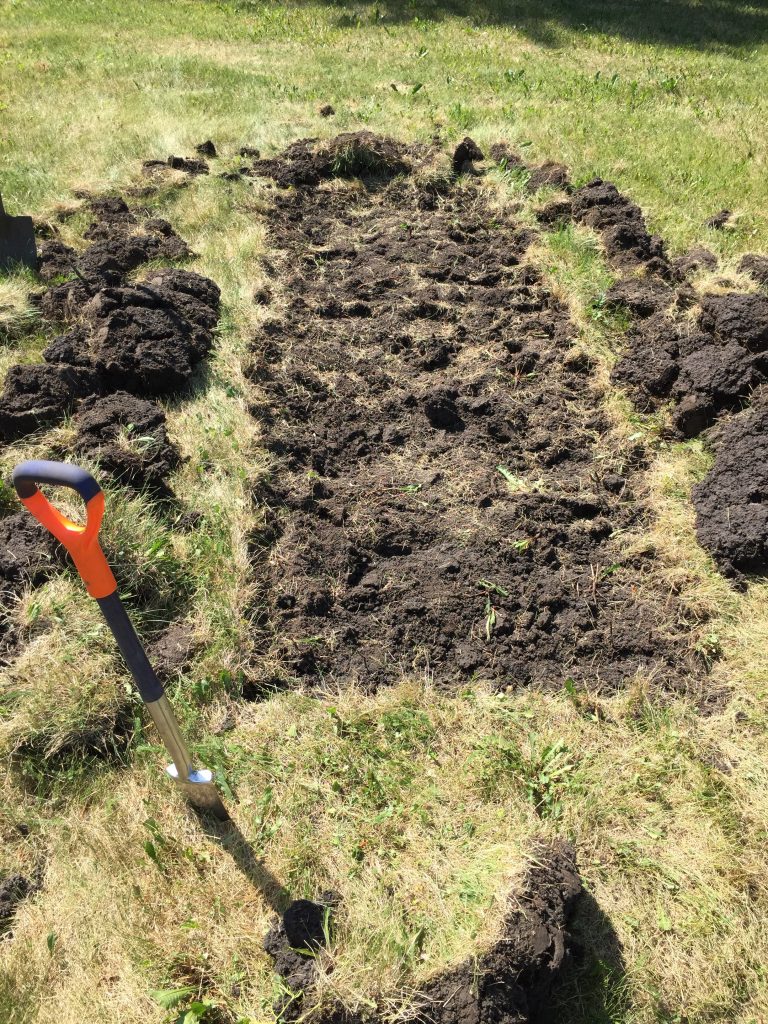
Building the core: how much wood can an AWES staff chuck?
Next came assembling the woody core. Now, you want to make sure to use dead wood and ideally wood that is already rotting. Good choices for Alberta are dry willow, poplar, and birch. We placed a mix of large and small logs, branches, and twigs in an interwoven pattern within the footprint. As we stacked, we added grass clippings, hay, and other organic matter. Eventually we had a 5-metre long Toblerone bar of wood and biomass.
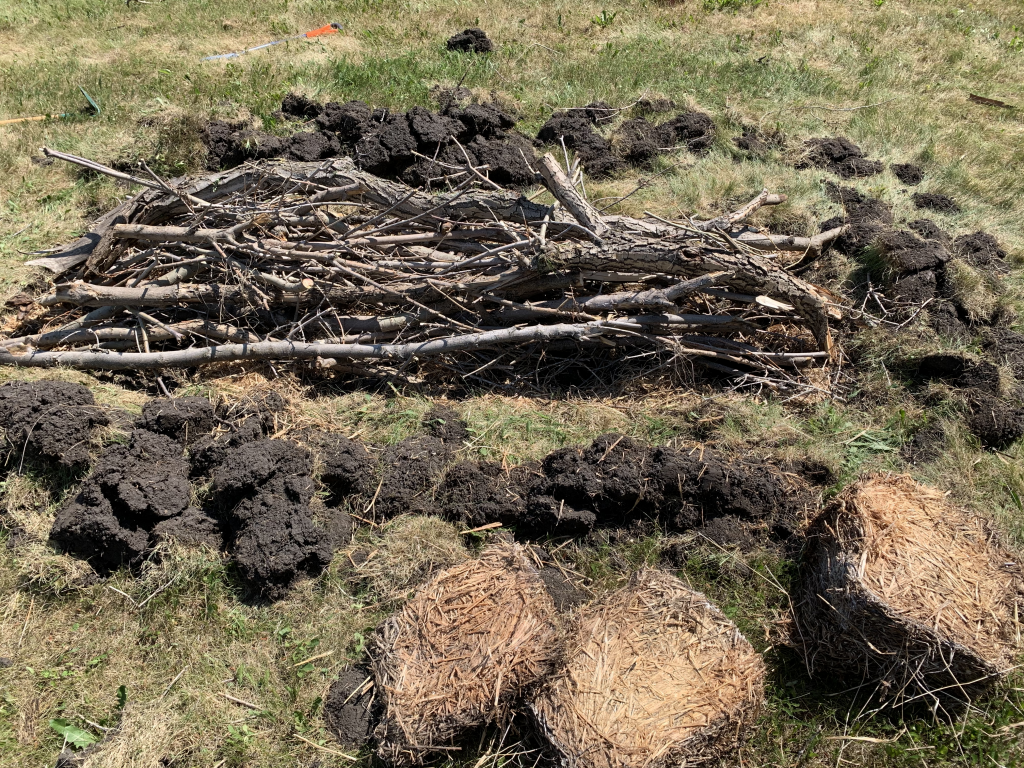
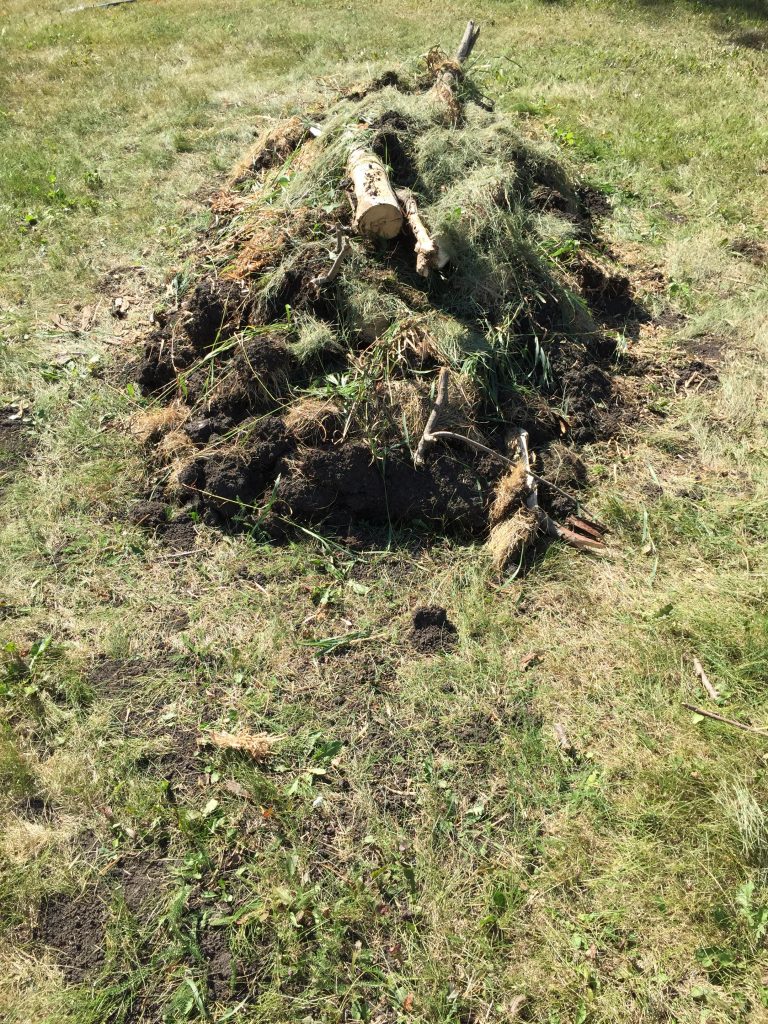
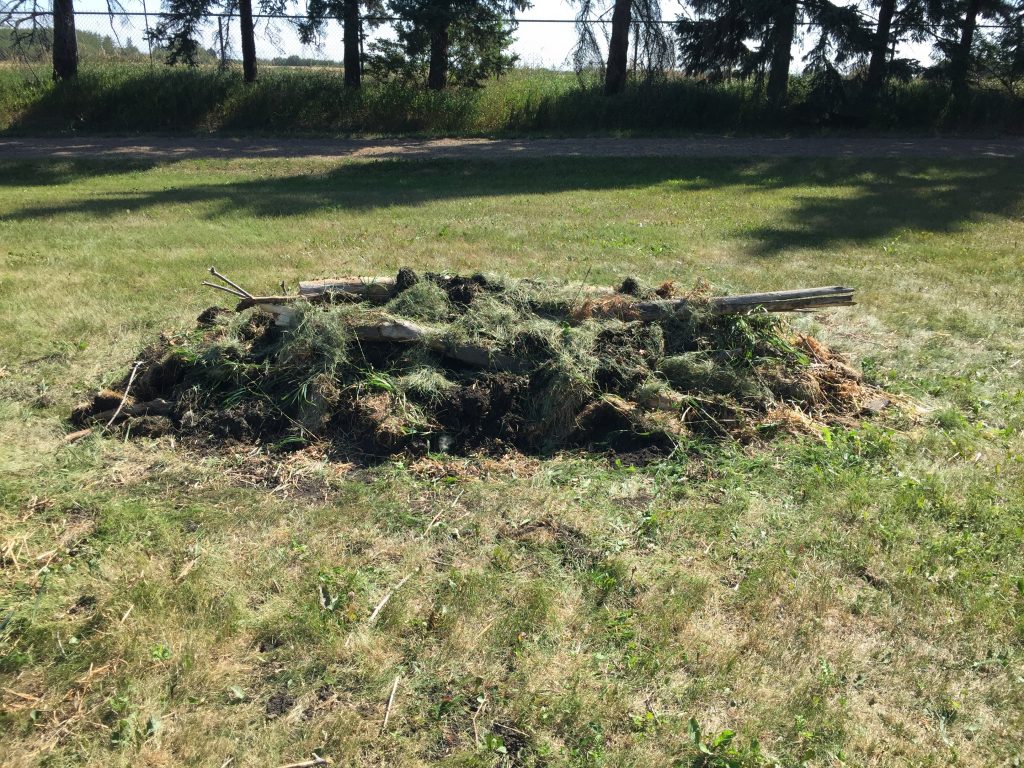
Adding soil: the icing on the cake
Soil was next on the menu. We first used the soil that was set aside from the excavation and added the sod pieces root side up. We then added rich, fertile soil from a nearby garden to help introduce some microorganisms. Shoveling all this soil on, we made sure to fill in the gaps between the wood and then cover the entire core with a layer of soil a few inches deep. One or two of the longer logs remained sticking out (I think it gives our hugel character).
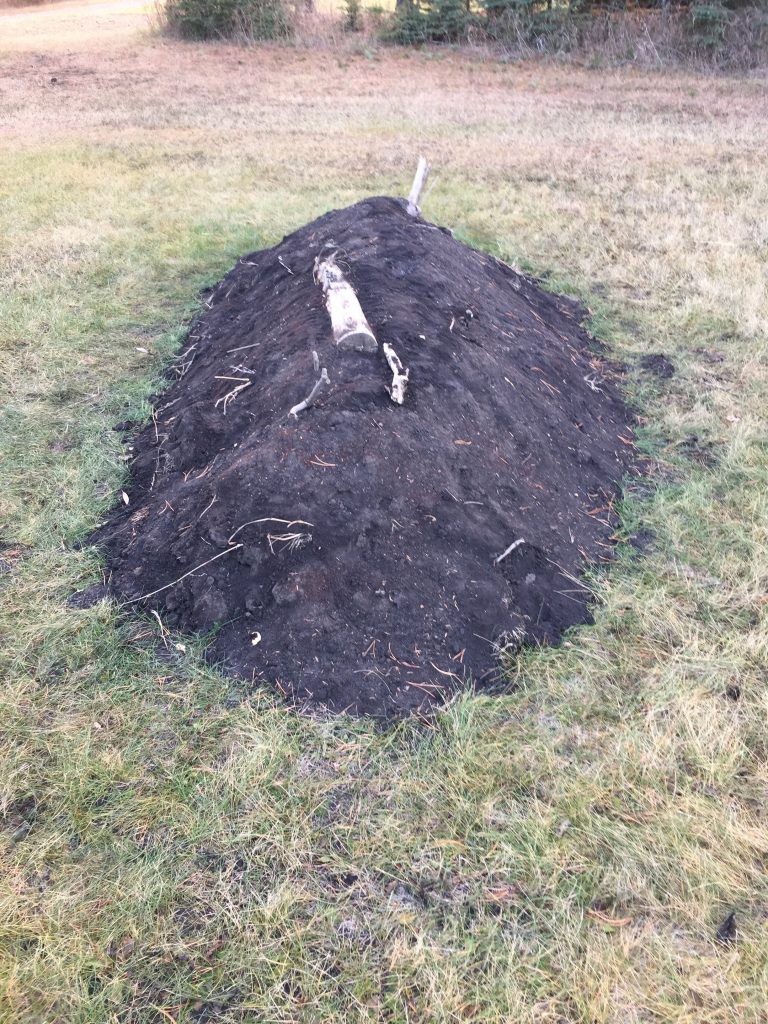
Fall Seeding: bring on the greenery
Now to the fun part: seeding! We seeded this fall so that the seeds will undergo natural scarification (breaking or softening the seed coat) and stratification (a period of cold) over the winter months. Seeds passing through animal digestive tracts or experiencing freeze and thaw cycles will take care of scarification while the long, cold winter followed by spring temperatures will allow for stratification. Most native seeds require a combination of scarification and stratification to successfully germinate. We chose a variety of native wildflowers to serve as the first wave of vegetation. With smaller and shallower root systems than woody shrubs and trees, the wildflower roots will better establish in the initial lower soil volume. In time, those roots will help break down the woody core to produce a greater volume of soil to support the lager root systems of woody plants. A mix of suckering, mat-forming, and perennial species, the wildflowers will provide an important source of pollen and nectar for our native pollinators. Some of the wildflowers are nitrogen-fixing species and will improve nitrogen levels in the soil as the decomposition of the wood will use up some nitrogen. The wildflowers selected are wild strawberry, silvery lupine, slender penstemon, wild blue flax, purple prairie clover, wild vetch, and harebell. We also complemented the wildflower seeds with some Junegrass seed, a native bunchgrass with beautiful purplish-green seed heads.
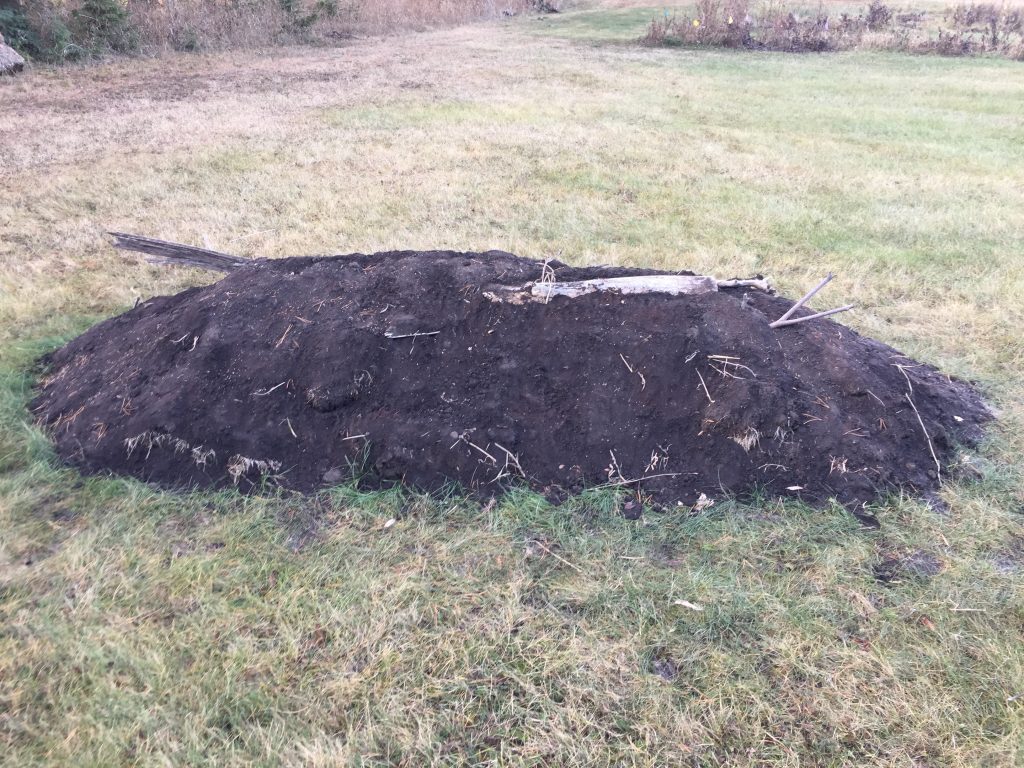
Waiting for spring: the slow reveal
Over the winter the hügelkultur will settle and the seeds will undergo a long cold period with freeze and thaw cycles. Come spring, the seeds will break dormancy and their shells will have been softened, hopefully leading to a successful germination. Be sure to check back here for a spring/summer update!


